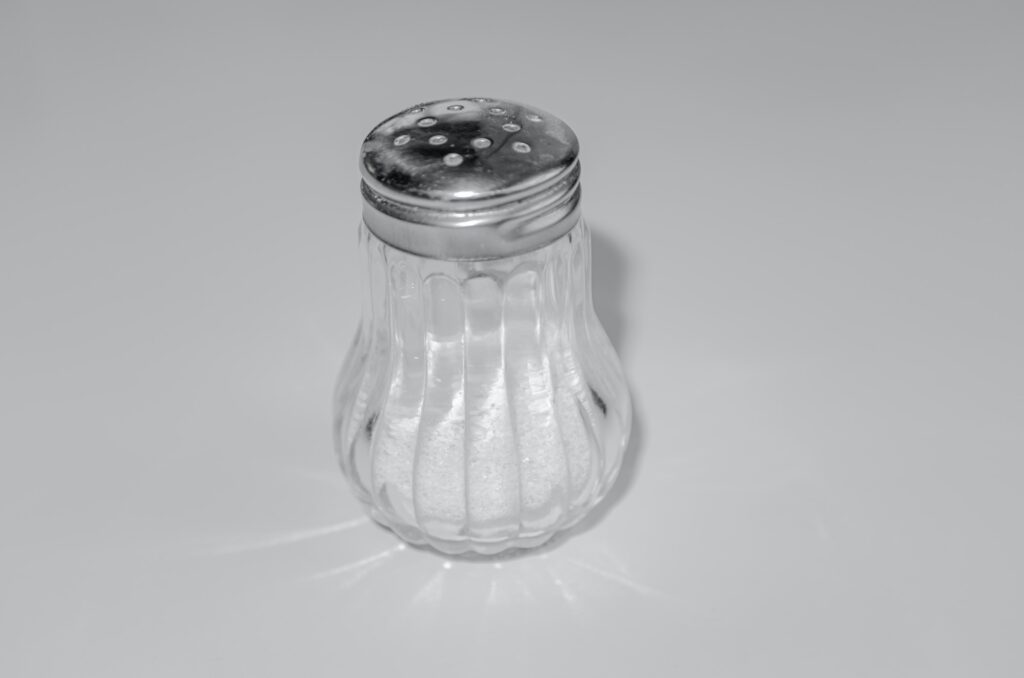The Role Of Iodine In Salt
Iodine is an essential nutrient that plays a crucial role in maintaining a healthy thyroid gland and preventing iodine deficiency disorders. To address the issue of iodine deficiency, iodine has been added to table salt in many countries worldwide.

Iodine is a trace element that the body cannot produce on its own. It is primarily obtained through diet, particularly from seafood, seaweed, dairy products, and eggs. However, in regions where these iodine-rich foods are scarce or not regularly consumed, people may not be able to meet their iodine requirements solely through their diet. This can lead to iodine deficiency, which can have serious health consequences.
The addition of iodine to table salt, also known as iodized salt, is a simple and effective solution to combat iodine deficiency. Iodized salt is produced by incorporating potassium iodide or iodate into the salt crystals. When consumed, the iodine is readily absorbed by the body and utilized by the thyroid gland to produce essential hormones.
The thyroid gland is vital for regulating metabolism, growth, and development. Insufficient iodine intake can lead to various thyroid disorders, including goiter (an enlarged thyroid gland), hypothyroidism (an underactive thyroid), and developmental issues in children, such as cretinism. The addition of iodine to table salt reduces or eliminates these disorders.

Utilizing iodized salt on a large scale has been a successful public health intervention. It is a cost-effective method of ensuring that the general population receives an adequate intake of iodine, regardless of their dietary habits. It doesn’t require major changes in eating patterns or consumption habits since salt is a commonly used ingredient in many dishes.
While iodine deficiency is less common in regions with sufficient access to iodine-rich foods, iodized salt remains an important preventive measure. It acts as a safety net, providing a reliable source of iodine for individuals who may have limited access to a diverse diet or live in areas where iodine deficiency is prevalent.
